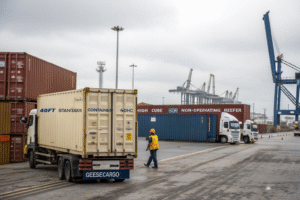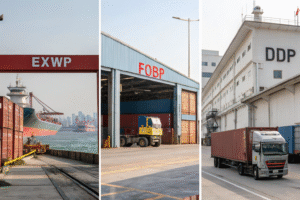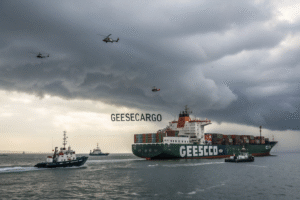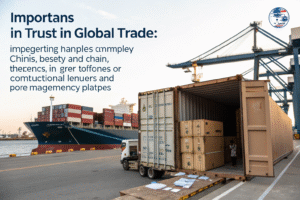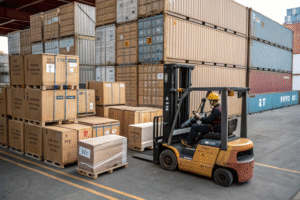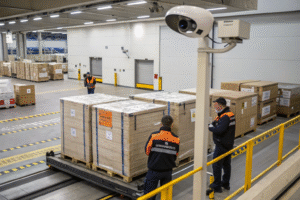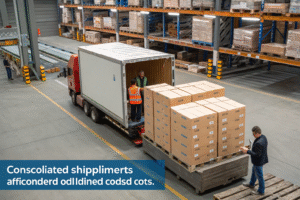Shipping costs can drain your margins fast. Without the right strategy, freight expenses grow before your goods even move.
Freight forwarders help reduce shipping costs by leveraging carrier relationships, consolidating cargo, optimizing routes, and uncovering hidden charges. With expert guidance, importers save money without sacrificing reliability.
At GeeseCargo, cutting costs while ensuring smooth delivery is what we do best. Let me walk you through the key ways we help clients ship smarter—not just cheaper.
Leveraging carrier networks for volume discounts
Freight rates vary depending on who you know and how much you ship. A strong network unlocks the best deals.
Freight forwarders with strong carrier relationships can secure volume-based discounts and priority slots, offering clients better pricing than booking directly.
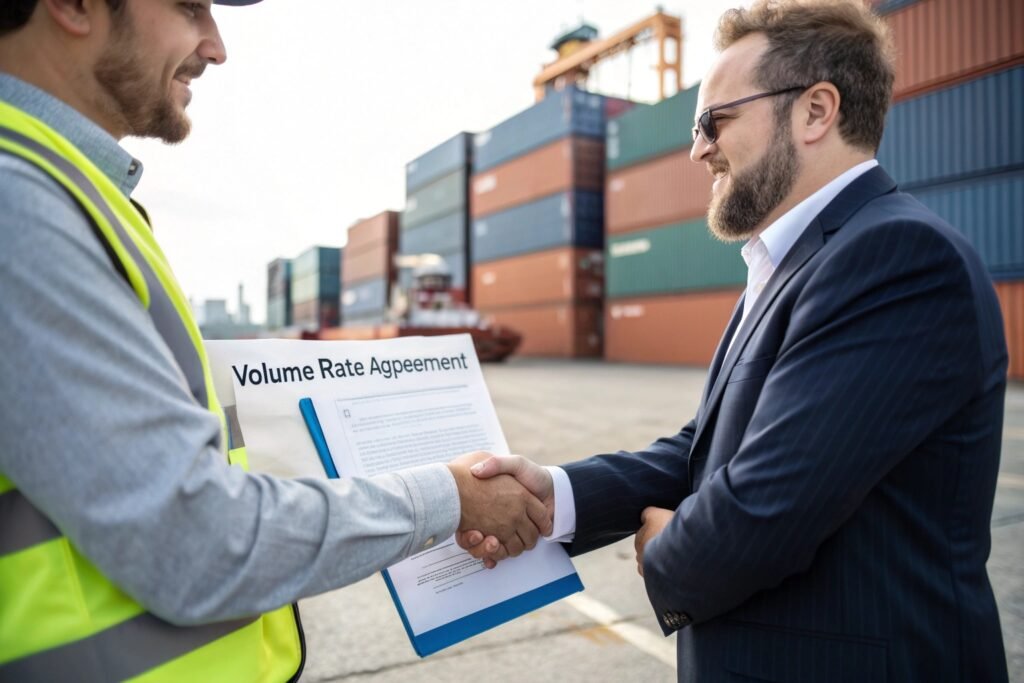
Why are forwarder-carrier relationships so valuable?
Carriers prioritize partners who bring them regular, high-volume business. As a forwarder, we group shipments across clients to qualify for lower rates. That means even small importers benefit from large-volume pricing.
For example, we helped a first-time U.S. importer ship fashion accessories at 15% lower cost by including their goods in a weekly consolidated lane we run out of Ningbo.
| Forwarder Strategy | Result for Client |
|---|---|
| Consolidate bookings weekly | Lower per-container price |
| Negotiate yearly rate deals | Price stability during peak seasons |
| Prefer reliable carriers | Fewer delays, less demurrage |
| Book space early | Avoid emergency rate surcharges |
How do we manage these relationships?
We keep close communication with key carriers on China–U.S. and China–EU routes. We join negotiations early, stay informed on GRIs (General Rate Increases), and reserve space when demand is low.
This gives our clients access to pricing tiers they couldn’t reach alone.
Consolidating shipments to lower freight charges
Sending partial containers? You might be paying more per cubic meter than you should.
Freight forwarders reduce shipping costs by consolidating smaller shipments into full containers (FCL) or groupage shipments, maximizing space efficiency and minimizing LCL fees.
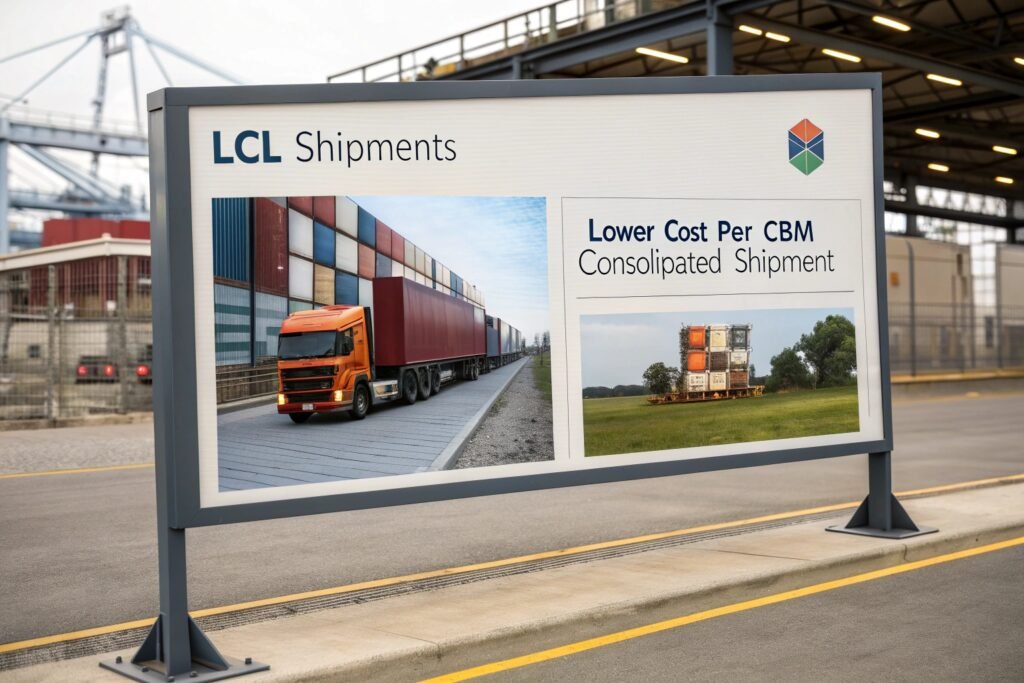
Why does consolidation save money?
Here’s how consolidation works:
- Multiple small shipments from different clients are grouped into one container.
- Each client pays based on space used.
- This avoids the high LCL handling and documentation fees that would apply to separate shipments.
We recently consolidated three clients’ goods from Yiwu—scarves, belts, and hats—into a single 20’ container bound for Los Angeles. Each saved 20–30% compared to solo LCL bookings.
| Shipment Type | Cost Per CBM | Risk of Delays | Documentation Cost |
|---|---|---|---|
| Solo LCL | High ($150–200) | Medium | High |
| Consolidated LCL | Medium ($100–130) | Low | Shared |
| FCL (shared) | Lowest (~$60–90) | Low | Included |
When is consolidation most effective?
- Small volume shipments (less than 10 CBM)
- Similar destinations or ports
- Non-urgent cargo
- Frequent shipments with predictable cycles
We organize weekly groupage shipments from Shenzhen, Ningbo, and Xiamen. Clients just send their packing lists—we handle the rest.
Optimizing routes to avoid unnecessary fees
The route you choose determines more than the distance—it defines your cost structure.
Freight forwarders reduce shipping costs by selecting optimal routes that minimize port charges, transit time, and inland delivery expenses.
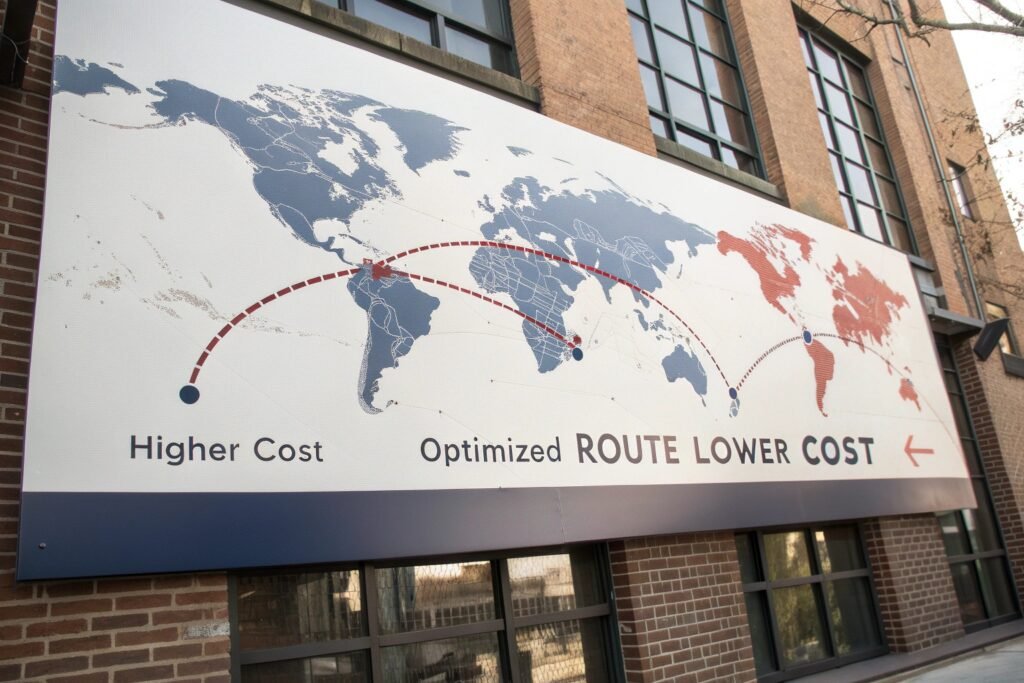
What hidden costs come from inefficient routing?
- High terminal handling charges (THC)
- Delays that trigger demurrage or detention
- Longer inland trucking from distant ports
- Additional customs charges at congested borders
A U.S. buyer once insisted on shipping to Long Beach. After reviewing their inland trucking fees to Dallas, we rerouted their cargo via Houston. The result: $1,400 saved in trucking and 2 days shaved off delivery.
| Routing Scenario | Risk/Cost Impact | Our Strategy |
|---|---|---|
| Popular but congested port | Delays, higher THC | Use alternate port with better flow |
| Longer trucking route | Increased inland costs | Choose port closer to destination |
| Border delays | Extra clearance fees, storage | Use faster, compliant crossing points |
| Overused transit hubs | Risk of container misrouting | Choose direct or less busy routes |
How do we analyze the best route?
- Compare end-to-end cost (not just ocean freight)
- Check port congestion levels and lead times
- Match warehouse or store delivery locations
- Include customs clearance risk in plan
It’s not just “fast or cheap”—we aim for total cost optimization.
Identifying hidden costs in international shipping
Even with a good base rate, your shipping bill can grow from surprise charges.
Experienced freight forwarders help importers avoid hidden costs like detention, demurrage, documentation errors, and unnecessary handling fees.

Where do hidden charges often occur?
- Late pickups or returns: Detention/demurrage charges
- Incorrect documents: Customs fines or reprocessing
- Incomplete packaging or labels: Rejection or repacking charges
- Unnecessary intermediaries: Extra handling and markups
One client was paying $500 monthly in demurrage without realizing it. We adjusted their clearance and trucking timing to eliminate that cost completely.
| Hidden Charge Type | How It Arises | How We Prevent It |
|---|---|---|
| Demurrage | Container sits at port too long | Pre-book trucking and clearance |
| Detention | Late return of empty container | Track last free day and return early |
| Extra documentation fees | Errors in invoice or B/L | Pre-check all docs for accuracy |
| Unnecessary handling | Routing through non-direct consolidators | Direct route or trusted co-loaders |
How do we help clients stay informed?
- Provide full landed cost quotes
- Flag non-standard charges before booking
- Monitor container timelines daily
- Handle customs documents in-house
With GeeseCargo, what you see is what you pay. No last-minute invoices, no surprise bills.
Conclusion
Reducing freight costs isn’t just about low rates—it’s about smart shipping. At GeeseCargo, we cut costs by building strong carrier networks, consolidating loads, optimizing routes, and protecting you from hidden fees. That’s how we help you ship smart, stay profitable, and scale with confidence.

